Last weekend I visited the fantastic island that is Brownsea in Poole Harbour. In my last post I shared my experiences at the Brownsea Lagoon but today’s post covers the wildlife I saw elsewhere on the island.
It may have been the middle of September but there will still some late insects fluttering around the island. One of the latest butterflies of the year is the red admiral and there several around the entrance to one of the hides.
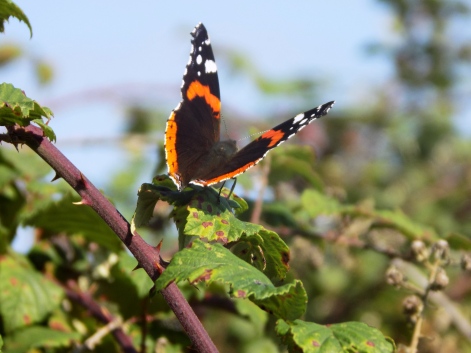
There were also plenty of dragonflies about, all of which were common darters. These are usually the latest flying dragonflies.
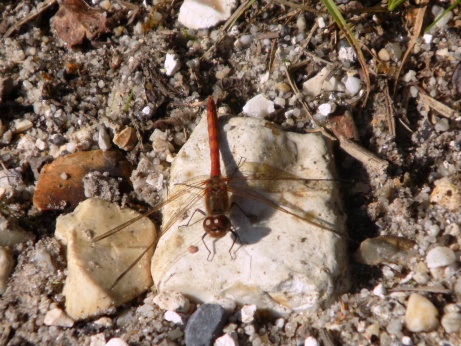
I saw common darters in various parts of the Dorset Wildlife Trust reserve but most were near a pond which is actually a WW2 bomb crater. I also spotted a male attempting to mate with a female on the boardwalk.

The other insects I saw clearly on the island were wood ants and I spotted quite a few nests in the woods.
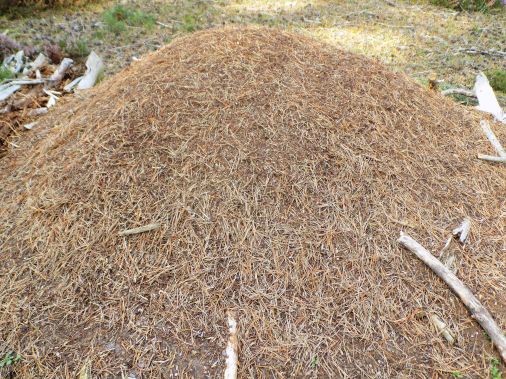
I have discussed wood ants here before; they are the most amazing British insect builders, massing in huge numbers to build these nests which are enormous in comparison to a single ant. It’s so fascinating to stand and look at a wood ants nest for a few minutes and realise just how much is going on when you look closely.
In terms of mammals, there’s one species that Brownsea Island is most notable for: the red squirrel. You probably know the story that red squirrels were native to Britain but became largely extinct thanks to the introduction of the grey squirrel from America. Brownsea is one of the few isolated pockets of reds in England and they have survived largely because of their isolation. It means there are few predators and grey squirrels have never made it across in significant numbers to do them too much harm.
At this point you are probably wondering if I saw any red squirrels and I have to sadly admit that I didn’t. I spent hours in prime red squirrel territory but sadly didn’t spot a single one. A young child even spotted one at the base of a tree a few hundred yards in front of me that I may have spotted if their father hadn’t shouted “IT IS ONE!” at an unnecessary volume.
Not to worry though because Brownsea is home to another more unusual mammal, this one:
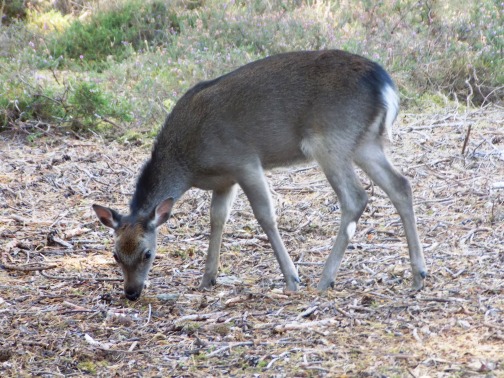
This is a Sika deer. Sika are East Asian deer and were introduced to Brownsea Island from Japan in in 1896. It was great to be able to see a deer I’d never usually be able to see- there are populations in the UK, including one on the Isle of Purbeck which has spread from Brownsea, but they are still an unusual sight.
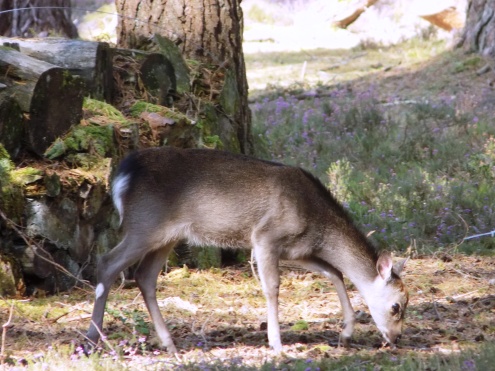
It says on the Brownsea website that the deer are quite shy but I found this individual to be one of the least shy wild deer I’ve ever seen. It allowed me to approach to within ten feet of it and may even have let me come closer if I tried. Perhaps I was able to be especially quiet but it was certainly aware of my presence and seemed content to let me watch it eat away. I think this is one of this year’s fauns so maybe it hasn’t learnt to be wary of humans yet.
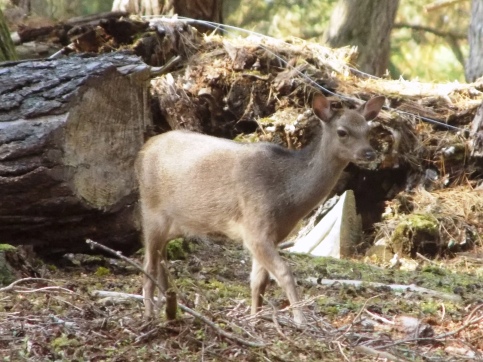
Another introduced species on Brownsea Island are the peacocks. These are of course purely ornamental but seem to enjoy pestering tourists for food.
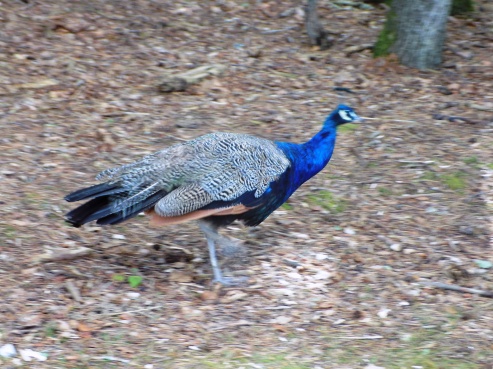
I was surprised at the number of different habitats on such a small island- the lagoon, woodland, reeds, freshwater lake and heathland. I don’t think there was a single part of the island I visited that wasn’t stunningly beautiful either.
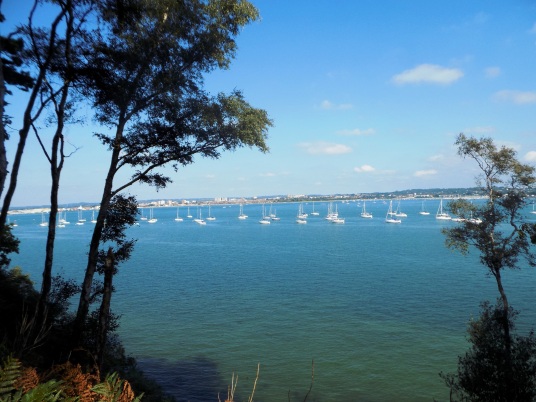
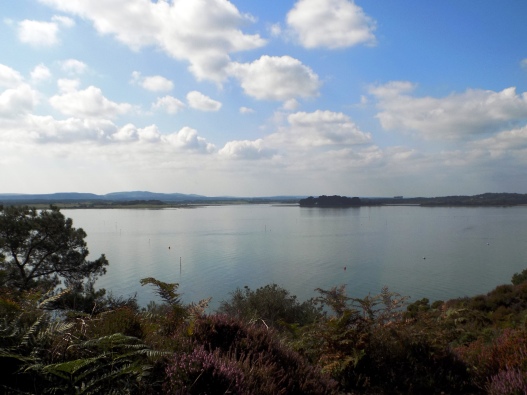
That’s all on Brownsea for now but I suspect I will be making a return visit in the not too distant future…

No comments:
Post a Comment